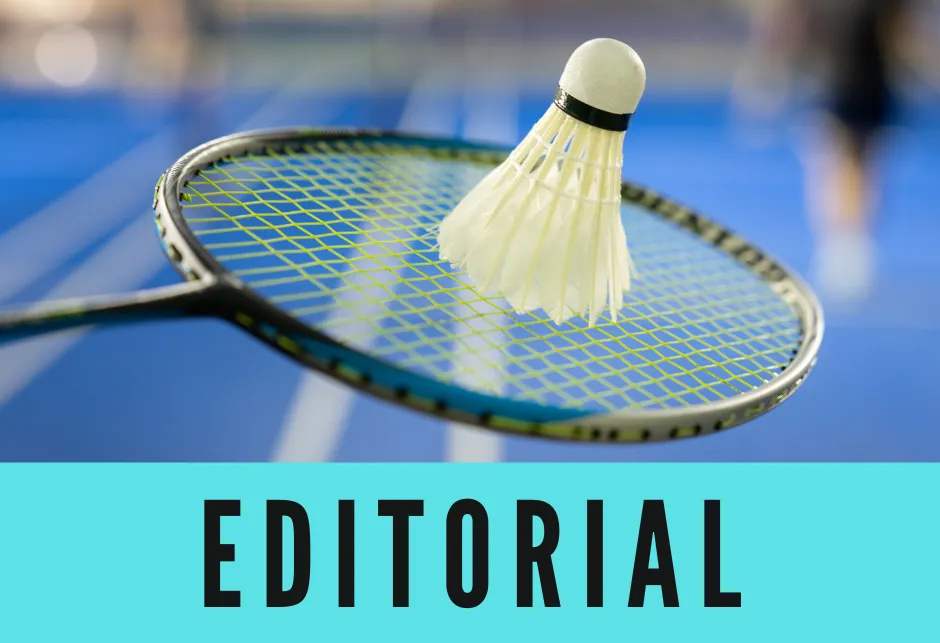Table of Contents
Regular readers of Manningham Life will be familiar with Cr Stephen Mayne’s strong advocacy for cricket. Over the past four years, he has introduced numerous motions and amendments at council meetings to improve cricket facilities in Manningham (see pages 6 & 7). These include:
• Allocating $500,000 for netting around sporting ovals.
• Adding $750,000 to the budget for sports netting and lighting, fast-tracking future projects.
• Adding $300,000 in the 2023-2024 budget specifically for perimeter netting around cricket and football ovals.
• Implementing a cap on annual price increases for cricket fields, making cricket the only sport with such protection.
• Requesting a feasibility report for indoor cricket facilities.
• Proposing upgrades to local cricket grounds, such as adding a pavilion and white fencing to enhance the heritage feel of Schramm’s Reserve.
Cricketers and their fans are fortunate to have such a dedicated champion in Cr Mayne, but what about other sports that lack similar advocacy? Are they receiving equitable funding?
To better understand the distribution of sports funding, we reached out to Manningham Council. In her response, Lee Robson, Director of Connected Communities, provided a breakdown of the Council’s capital works program funding for sporting infrastructure from 2021/22 to 2023/24, which includes contributions from local clubs and grants:
• $1.88 million for aquatic and leisure centres.
• $22.76 million for sports buildings, including pavilion upgrades.
• $1.90 million for turf sports grounds, benefiting football, cricket, soccer, and more.
• $3.05 million for synthetic sports grounds and hard surface courts.
• $4.47 million for upgraded floodlighting at sports grounds.
• $719,000 for recreation reserve infrastructure, such as scoreboards and cricket nets.
• $751,000 for public and casual sports spaces, including BMX and outdoor courts.
• $334,000 for future planning of reserves and recreation spaces.
Despite this significant investment, it’s unclear whether community sports like badminton, indoor netball, and table tennis — each with a strong following in Manningham — have received proportionate support over the past four years.
Moreover, the allocation of Council-owned facilities reveals a stark disparity. Badminton is allocated just 7.6% of available booking times, indoor netball 6.5%, and table tennis a mere 0.2%. In contrast, basketball dominates, securing 58% of available court time and serving as the primary user of major sports venues such as Mullum Mullum Stadium, Manningham Templestowe Leisure Centre, Sheahans Road Stadium, Leeds Street Stadium, and DISC [Source: Sports Facility Development Plan (SFDP), Stage 2 Summary Document].
Stage 2 of the SFDP aims to guide the Council’s planning and decision-making to meet current and future facility needs across 13 sports. These sports include Archery, Badminton, Basketball, BMX, Futsal, Gymnastics, Mountain Biking, Indoor Netball, Pony & Horse Riding, Radio-controlled Clubs, Skating, Table Tennis, and Volleyball. In this piece, we’ll take a look at badminton.
While badminton may not be a leading sport in Australia, it boasts a sizeable player base in Manningham, likely due to our city’s diverse population. According to the SFDP document, 40% of Manningham’s population in 2016 was born overseas, compared to the Greater Melbourne average of 33%.
According to the Melbourne East Regional Sport and Recreation Strategy (MERSRS) report quoted in the SFDP document, from 2018 to 2021, 30% of the 1,842 badminton participants in the region resided in Manningham, underscoring a strong local interest.
Manningham’s primary facility for badminton, the Doncaster Badminton Centre at Doncaster Primary School, is operated by the volunteer-based Doncaster Templestowe Badminton Association (DTBA). The six courts in the Centre are available only outside school hours with the exception of one weekday. The DTBA would like to offer more daytime sessions, especially for their senior members, but the current facility arrangements do not allow for this (Sports Facility Development Plan, p. 42).
With approximately 600 members, the DTBA is constrained by the number of courts and has a lengthy waiting list for new applicants, with no guarantee of when prospective members will be accepted. Although the Sport Facility Development Plan Stage 2 examines the infrastructure needs for badminton, it stops short of recommending that Manningham Council expand its facilities beyond a vague commitment to consider badminton if additional indoor stadiums are constructed.
As for the current facility, Kong Tung, President of DTBA, says the Centre badly needs an upgrade, including repairs to its leaky roof, to better serve its members.
The current allocation of resources and facility access in Manningham raises questions about equity in community sports funding. To genuinely promote a diverse and inclusive sporting community, aligning with this council’s Healthy Community goals, shouldn’t all sports receive fair and equitable funding?








